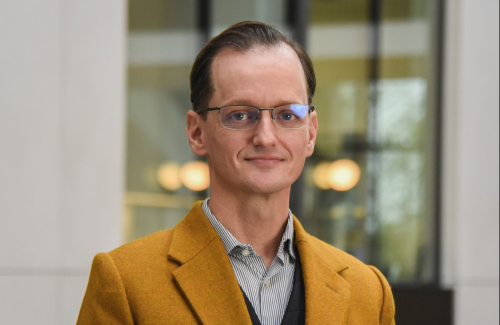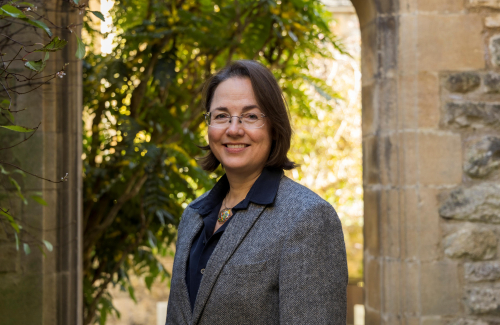More Pembroke news
Professor Alex Kacelnik Wins Leverhulme Research Grant to Continue Research Paper on Newborn Ducklings
NEWS |
Pembroke Fellow and Tutor in Biological Sciences Professor Alex Kacelnik has been awarded a research grant from The Leverhulme Trust for a further three years of work on his research into new-born ducklings and their ability to learn abstract concepts such as ‘same’ and ‘different’.
A new study by Professor Kacelnik and his graduate student Antone Martinho, a biology retained lecturer at Pembroke, entitled ‘Ducklings imprint on the relational concept “same or different”’, was published in the journal Science on Thursday 14th July.
The research has been reported across the country and the world, featured in The Guardian and The New York Times among others.
In the paper, the researchers demonstrate that newly hatched ducklings can acquire the concepts of ‘same’ and ‘different’ – an ability previously known only in highly intelligent animals such as apes, crows and parrots.
Ducklings normally learn to identify and follow their mother through ‘imprinting’ – which can occur in as little as 15 minutes after hatching – a powerful form of learning that can allow them to follow any moving object, provided they see it within their typical ‘sensitive period’.
In the study, ducklings were initially presented with a pair of objects moving in a circular path which were either the same as or different from one another in terms of shape or colour.
The ducklings therefore ‘imprinted’ on these pairs of moving objects before being tested for their preferences between other sets of objects. In these subsequent choice tests, each duckling was presented with two sets of objects that they could follow, comprised of shapes and colours that the duckling had not previously been exposed to.
For example, if an individual duckling had originally been exposed to a pair of spherical objects, in the choice test it may have had to choose between following a pair of pyramids (same) or a pair made up of one cube and one cuboid (different).
If the birds had remembered the relationship between the original moving pair, then they should follow the pair of new objects that have that same relationship (either ‘same’ as or ‘different’ from one another).
In the example above, ducklings that had been ‘imprinted’ on two spheres should have followed the set of two pyramids, because they were the same as each other. This is exactly what the ducklings did.
About three-quarters of the ducklings preferred to follow the stimulus pair exhibiting the relationship they had learned in imprinting, and their accuracy was as good whether they had to learn the concept of equal or different, or whether they were tested with shapes or colours.
Professor Alex Kacelnik commented: ‘To our knowledge this is the first demonstration of a non-human organism learning to discriminate between abstract relational concepts without any reinforcement training. The other animals that have demonstrated this ability have all done so by being repeatedly rewarded for correct performance, while our ducklings did it spontaneously, thanks to their predisposition to imprint when very young. And because imprinting happens so quickly, the ducklings learned to discriminate relational concepts much faster than other species, and with a similar level of precision.’
The scientists’ discovery of relational concept learning in a new species suggests that this ability may not be as rare as previously thought.
‘It may mean that relational concepts are adaptively useful or even necessary to a wider variety of animal’, continued Professor Kacelnik. ‘Most animals will, like the ducklings, need identification mechanisms that are robust to natural variation. A challenge we face now is to identify the processes by which the animals’ brains achieve it.’
A video showing the ducklings during this series of experiments is available here.

